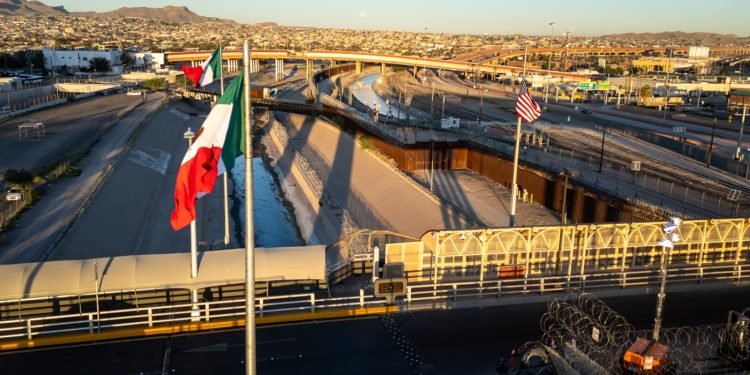By Maria Kalamatas | May 15, 2025
Monterrey —
Trucks are lined up at the border, loaded with auto parts, electronics, furniture—everything from industrial motors to garden tools. Most of it is headed for Texas. Some will go farther. All of it, though, is part of the same quiet surge.
Northern Mexico’s logistics sector is on fire.
Fueled by nearshoring from U.S. manufacturers and rising labor costs in Asia, industrial zones from Monterrey to Saltillo are expanding rapidly. Factories are operating close to capacity. Warehouses are booked. Cross-border demand is growing every month.
But there’s a catch.
“The manufacturing side is ready,” said a local freight broker. “The logistics side—not so much.”
While production has ramped up, infrastructure hasn’t fully caught up. Highways are aging. Border crossings, particularly at Laredo and Reynosa, are overloaded. Rail options exist, but capacity is limited. And on the Mexican side, customs processes still vary in speed and consistency.
What should be a seamless flow is often a staggered one.
In response, companies are improvising. Some are building their own transloading yards closer to the border. Others are contracting mobile inspection teams to reduce delays. A few are shifting to nighttime crossings when ports of entry are less congested.
Local governments are investing—but slowly. New road expansions have been announced. Private players are lobbying for improved intermodal connections. But in the meantime, efficiency relies on creativity.
And that pressure isn’t letting up.
More U.S. companies are signing supply contracts with Mexican factories. More freight is flowing through Nuevo León and Coahuila. And every container that leaves Monterrey is another test of a network that wasn’t built to handle this level of acceleration.
This isn’t a bottleneck yet. But if the infrastructure doesn’t evolve as fast as the demand, it will be.























